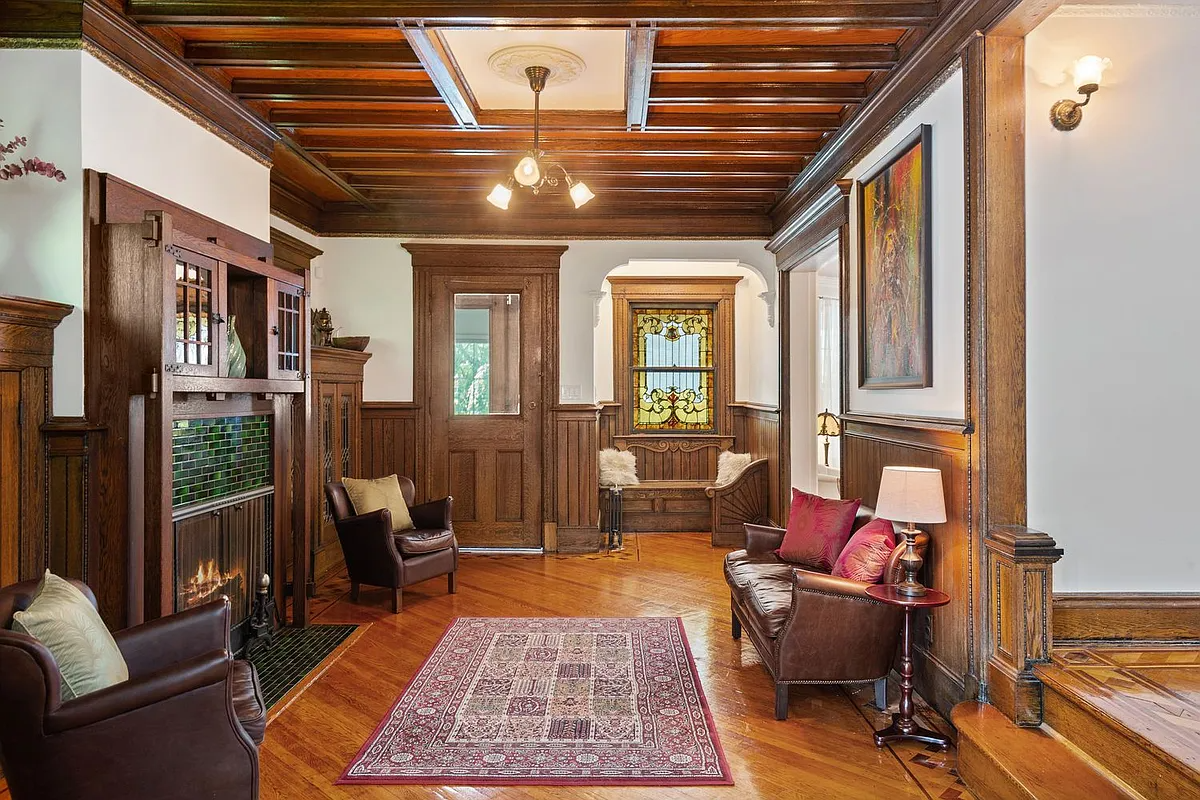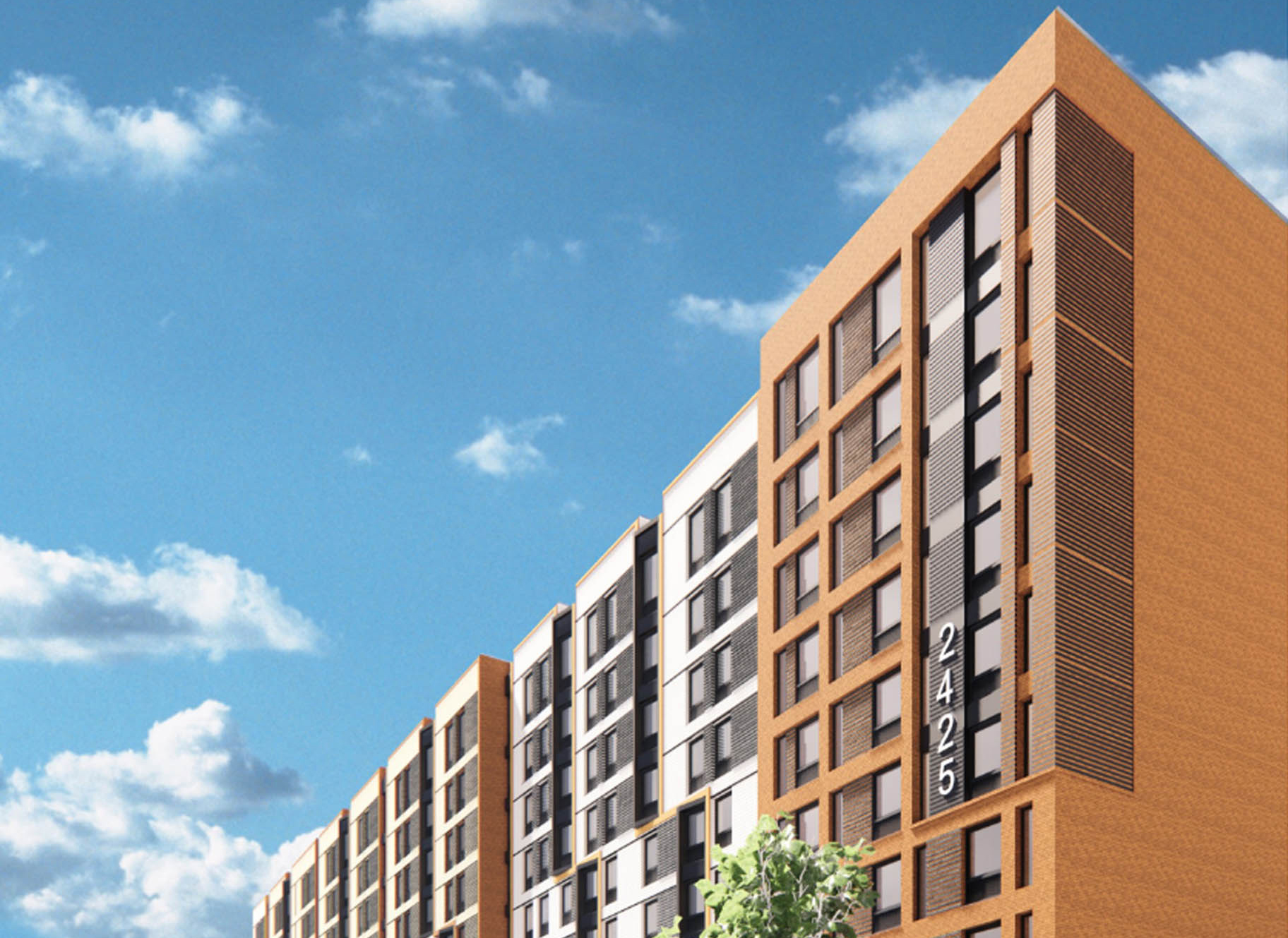From Common Brownstones to Mansion Row
Christopher Gray, whose weekly architectural history columns in the Times are always a pleasure to read, wrote a particularly interesting piece yesterday about a block on the Upper East Side that began life composed of exclusively brownstones but evolved over to include a grand assortment of limestone and brick mansions. A photo from 1892 shows…


Christopher Gray, whose weekly architectural history columns in the Times are always a pleasure to read, wrote a particularly interesting piece yesterday about a block on the Upper East Side that began life composed of exclusively brownstones but evolved over to include a grand assortment of limestone and brick mansions. A photo from 1892 shows East 81st between Fifth and Madison looking much like South Portland Avenue does today–a consistent row of chocolate-colored brownstones. In the first two decades of the Twentieth Century, however, most of the houses were significantly altered to the fancier, more varied, designs now visible from the street. The evolution is particularly interesting in light of today’s debates over landmarking. The street was grander and more architecturally diverse after all the renovations, to be sure, but that is mostly a function of the fact that the block was, and is, in a particularly affluent area, i.e. there was never any danger of a Fedders building going up here! But it may be possible that some people at the time deemed these new designs to be garrish and “out of context”. It doesn’t change our pro-landmark stance one bit–but it is does make you think carefully about the impact of intervening on the natural process of free-market urban evolution.
Townhouse Block That Began in Brownstone [NY Times]





About the plain jane brick type buildings being put up or redone from brownstone or brickstone bldgs, unfortunately, there are even some in this area, yes, the affluent area between Madison and Fifth Avenues. Take a stroll on some of the blocks in the upper 70’s and low 80’s and you will see some ugly conversions from the beautiful bldgs from the past era.
Also, when these bldgs were redone in the early 1900’s, the new style you speak of, was the style of the day. The current style of today is very ugly and plain, and that is why the landmarking was started years ago.
I don’t think anyone even thought of putting up any “fedders’ buildings” in the early 1900’s, especially in this part of manhattan. I doubt it was the style back then or even existed at that time.
A neighborhood is not brought into being with landmark status attached to it. Whether or not a neighborhood is of architectural/historic value can only be appreciated with the passing of time. Unfortunately, the passing of time also allows for many horrors to occur. The example in the Times is of an neighborhood that may in fact be particularly worthy of its landmark status because of its evolution, not despite it. Sadly, this is not usually the case. Certainly not for post-war construction/renovations. Although there are, of course, buildings of that era that are very worthy of designation as well.
Thought you might like that one, Iceberg!